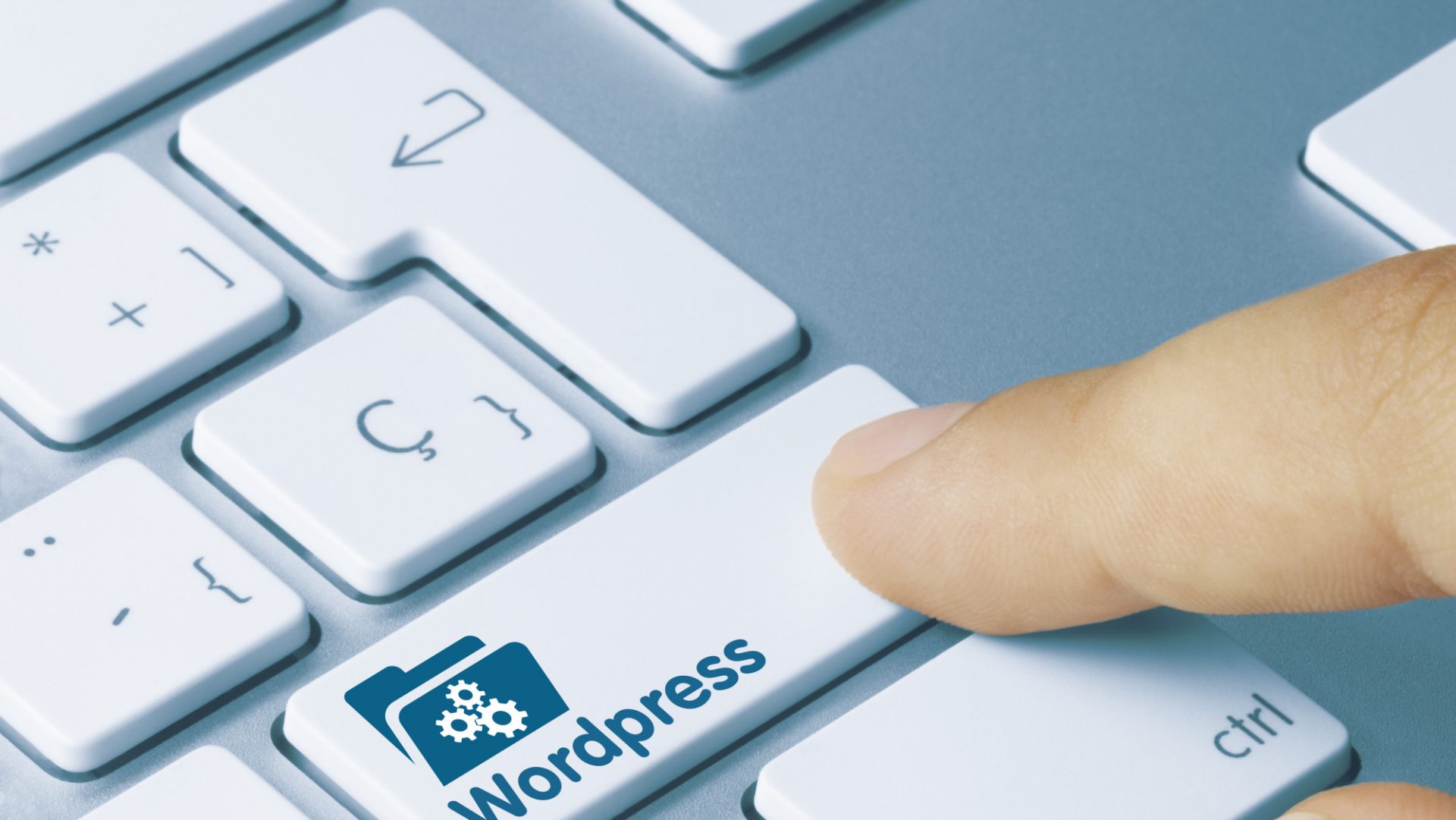WordPress Security Tips
WordPress Updates is very significant for WordPress blogs as they frequently incorporate new themes and plugins with security and functionality improvements. Whenever a new WordPress theme or plugin is updated, it does compatibility checks on older theme and plugin’s files to ensure that the newly-upgraded version is compatible with your WordPress site. This ensures that your website visitors do not have to wait for old versions of WordPress to load.

WordPress Updates has two sides: the good side and the bad side. For example, a new WordPress security flaw that was recently discovered allowed hackers to obtain usernames and passwords from WordPress administrative areas. This allows them to login to your WordPress site, delete your posts, change your settings, and more. The WordPress founder responded by releasing an update to his software that addresses the security flaw. WordPress also published patches to address the security flaw, which are still undergoing further reviews.
WordPress can update through a number of different methods, some of which are very simple. First, you can manually select your WordPress plugins and theme, then choose the Update tab. WordPress will display a list of the available updates in a Progress view, and you can choose to manually download and install the latest updates. You may need to approve the update before it can be applied, so make sure you are logged into your WordPress administrative area before attempting this. WordPress will usually ask for confirmation before applying any new WordPress security keys or plugin features.
WordPress also offers smart-card authentication via WordPress plug-ins such as wp-authenticate and wp-sha1. WordPress users may choose between using one of these WordPress plugins, or using their traditional passwords and usernames. If you use WordPress as your main website, you should upgrade your WordPress security keys or passwords every two months. Two-factor authentication requires two independent factors in addition to an email address and WordPress user ID: a valid credit card and an email address that WordPress recognizes as the owner. Most WordPress plugins will automatically check if you have both a credit card and email address, and prompt you for your security keys or passwords if you do not.
Your WordPress account will show several dashboard areas, including the WordPress Dashboard and your WordPress login. The WordPress dashboard provides links to related posts and resources, as well as a section where you can manage various aspects of your WordPress site. You can also log into WordPress from your mykinsta dashboard using your WordPress user ID and password. The mykinsta dashboard is built in WordPress, so you don’t need to install any additional plugins to use it. All you need to do is add your blog’s plug-in directory to your mykinsta directory in WordPress.
WordPress allows you to keep your plug-ins and themes up to date by running the Update WordPress plugin when you are ready to update your WordPress plug-ins. Just click the “Check For WordPress Plugins” button located in the upper right corner of your WordPress admin panel. If you haven’t yet installed the latest version of the WordPress plug-in, you will see an installation notification at the bottom of the screen. You can always keep on clicking the “Check For Latest WordPress Version” option until you have the latest version of the WordPress plug-in installed in WordPress. However, sometimes the WordPress plugin authors provide more recent versions by setting up a WordPress version number so that people know how to install the latest WordPress version.
WordPress uses two-step authentication with its most popular plug-in, WordPress Express. To enable this WordPress plug-in, navigate to your plug-in settings and click on “Require User Authentication”, then enter a user name and password. WordPress will now ask you for the WordPress user name and password that are associated with the settings that you want to configure. In this scenario, the WordPress user name and password will be different from the usual WordPress user name and password that you used in the WordPress database.
Two-factor authentication is often used by online shopping cart systems to make certain that all of the information provided by the buyer is completely secure. WordPress provides several different plug-ins that you can use to integrate WordPress shopping carts with Google Authenticator, which provides two-factor authentication with a SSL certificate. WordPress users that log in with the WordPress user name and password will see a preview of the items they have purchased in a drop down list on the right side of the screen. If they choose to purchase the item, a HTML code containing their security codes will be displayed next to the item. WordPress users that login with the google authenticator application will see a preview of a password requested by the seller.




